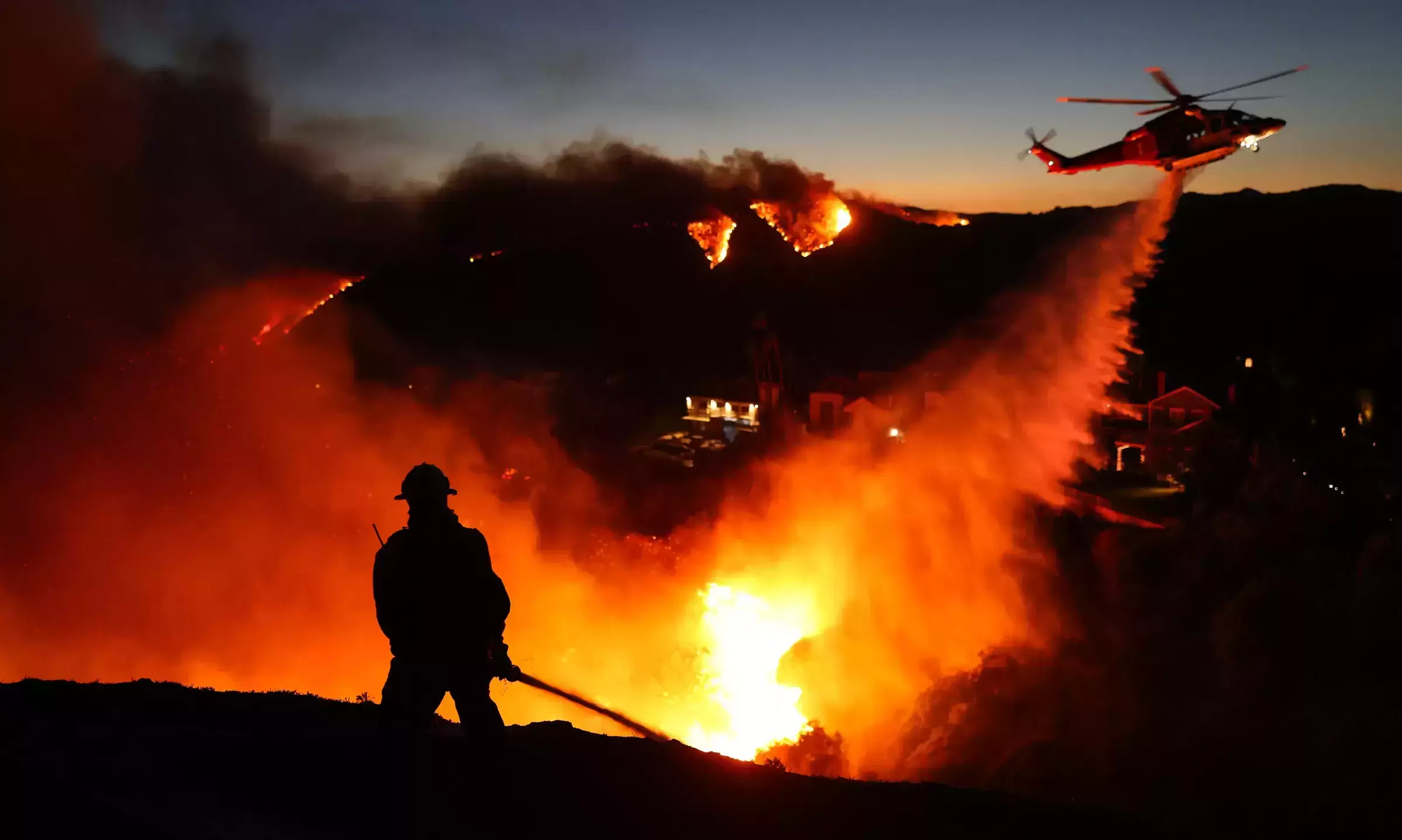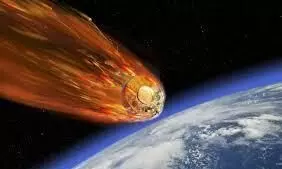
Old satellite to burn up over Pacific Ocean in landmark re-entry
text_fieldsA European Space Agency (ESA) satellite, which has spent 24 years studying Earth's magnetic field, is set to burn up over the Pacific Ocean during a controlled re-entry on Sunday.
This will be the first-ever "targeted" re-entry for a satellite, marking a significant step in the ESA's efforts to reduce space debris.
The satellite, named Salsa, was launched in 2000 and has provided valuable insights into Earth's magnetosphere, the protective magnetic shield that prevents solar winds from making the planet uninhabitable. After years of orbiting the Earth, the 550-kilogram satellite will descend in a planned re-entry over an uninhabited region in the South Pacific, off the coast of Chile.
Salsa's re-entry is unique due to its elongated, oval-shaped orbit, which brings it as far as 130,000 kilometers from Earth and as close as a few hundred kilometers.
This allowed the ESA to plan its descent with precision. According to Bruno Sousa, head of the ESA’s inner solar system missions operations, it was crucial for Salsa to reach within 110 kilometers of Earth's atmosphere during its final orbits. From there, it will descend to around 80 kilometers, where friction with atmospheric particles will cause it to burn up.
While most of Salsa will disintegrate due to the intense heat generated during re-entry, up to 10 percent of its original mass could still survive and fall to Earth. To monitor the event, a plane will fly at an altitude of 10 kilometers to track the satellite’s descent and capture data on its debris.
Salsa is part of the ESA’s Cluster mission, which consists of four satellites. The remaining three are scheduled for similar re-entries between 2025 and 2026.
The ESA aims to learn from these re-entries, particularly in understanding which materials do not fully burn up, in order to build future satellites that will completely disintegrate upon re-entry.
Space debris has become a growing concern for space agencies worldwide.
There are two main risks: collisions with operational satellites, which could create a "cascading effect" of space debris, and the daily re-entry of old fragments or rocket parts falling back to Earth. To address this, the ESA signed a "zero debris" charter, committing to reducing space debris in its future missions by 2030.
Despite the risks, the chances of space debris harming someone on Earth remain extremely low - about 65,000 times lower than the odds of being struck by lightning, according to ESA engineer Benjamin Bastida Virgili.























